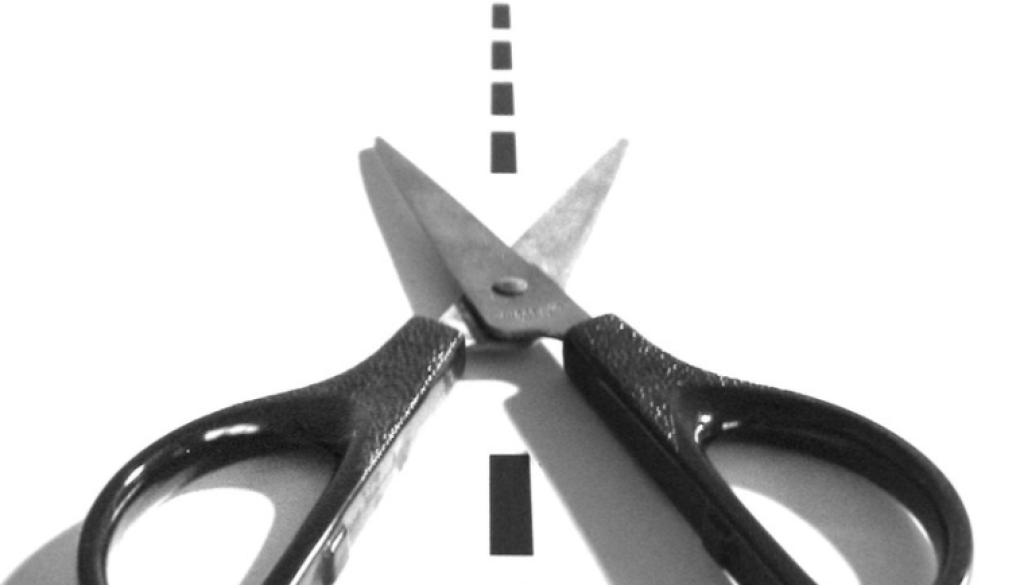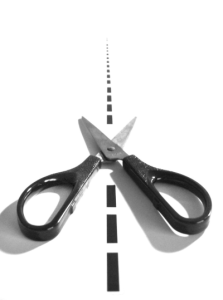How eAuction Software Simplifies Sourcing
In an eAuction, multiple vendors compete directly against each other to win a contract to supply the buyer company with specific products or services. Also known as an eReverse auction, the technology has had a transformative effect over the last 25 years, leveling the playing field for vendors bidding on contracts, removing human biases from the procurement equation, and identifying and negotiating with suppliers far more efficiently. However, to get the best possible results, it’s important to ensure you have the right eAuction tools to deliver the specific outcomes you seek.
Read on to learn more about how eAuction software can simplify your process and what features you should look for when choosing a solution.
eAuction Software: What Is the Process?
There are four general eReverse auctions: the classic reverse auction, English auction, Dutch auction, and Japanese eAuction. While each type varies slightly, the most common is the classic reverse auction, and its steps include:
- Creating, receiving, and scoring RFP’s
- Determining the strategy
- Ensuring all participants know what to expect
- Starting and closely monitoring the auction
- Evaluating incoming bids and awarding the contract—pending you’ve found the right supplier
It seems simple enough, yet many organizations run into complexities around strategy implementation and best practices that don’t result in the best value for the buyer or the supplier. For example, a buyer’s strategy might aim to receive the lowest cost solution for a specific product or service, while competing bidders may be looking for a higher value transaction that depends on brand reputation or exclusivity in their offering. Or, a vendor may bid lower than they need to win the contract only to have their bid eliminated because their strategy wasn’t optimized for the scenario.
But having eAuction software that meets your specific needs eliminates complexities within the process. In addition, it comes with other benefits to both buyer and supplier, such as time savings, leveling the playing field for smaller suppliers, and giving buyers access to a larger supplier pool.
eAuction Software: How It Simplifies the Process
eAuction software simplifies the process by automating the steps outlined above and providing many features that eliminate unnecessary manual processes, giving you more control and ensuring you get the most out of your sourcing initiatives. By leveraging features such as automated bidding strategies and multiple pricing methods, you can easily set rules around how your suppliers should bid in the auction and ensure they know how to best position themselves to win your business. In addition, you can set up unlimited bidders for each event and manage all actions directly in your platform without the need for any external resources.
Some other ways the eAuction software can simplify the process include:
- Improved communication and collaboration. Features within your software should include robust features when it comes to contract and supplier management. This centralized system not only gives you quick access to information but also fosters better collaboration between you, your team, and your suppliers.
- You get a big-picture view of your data. Cloud-based systems allow you to closely analyze suppliers to ensure you’re making the right decisions. The software should also have some spend analytics features so you can keep an eye on spending.
- Transparency. Because of the real-time nature of eAuction software, decisions can be made on the fly, and you can look at past transactions and patterns to make better sourcing predictions.

- Easier to meet deadlines and stay on track When you use cloud-based software, it keeps your sourcing on track by breeding consistency, which helps you keep expenses down and reach production goals.
What Features to Look for in eAuction Software
So what features are key factors to consider when choosing an eAuction software solution, and how can you ensure you’re getting the right solution for your company?
One of the first things to remember is that software should be easy to use for your team and your suppliers. Solutions with a steep learning curve will likely slow you down (and frustrate your team). Some of the must-have features in reverse auction software include:
- Ability to run all types of auctions (classic reverse, Dutch, Japanese, English)
- RFx support across the board
- Supplier management tools
- Spend analysis software
- Automated POs
- Contract management
You may also want to look for other tools, such as comparing supplier responses side-by-side.
To learn more about intuitive, easy-to-use eAuction software with best-in-class features, speak to a Simfoni representative today about conducting a demo.


